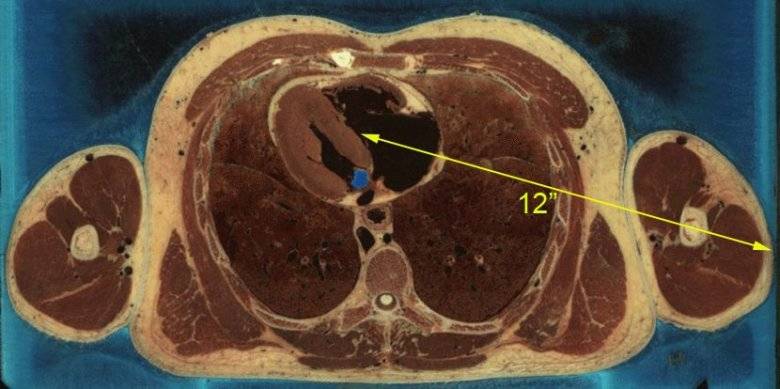Shot with same 4.25” 9mm at same distance.
The 147 HST seemingly dumped way more energy initially in the first jug causing the cap to fly off. The 90 grain XD (not +p)
Basically zipped right through, the water spray was more from the weaker smaller jugs that it whe through next.
HST impact - you can see how it causes the bottle to momentarily flex on impact
XD impact - just a cross shaped entrance and the slo-mo video just shows it going in with no real movement on the jug
The water spray is from the jugs behind.
Exit :
I know this is another useless sample of 1 water jug test but I found the difference of each projectiles impacts fairly substantial. I wish I could attach the videos here as it is more pronounced. The XD did destroy the two additional water jugs which I attribute some of that to velocity and lighter constructed bottles. Laundry detergent bottles are pretty rigid and stout.
I didn’t see the fluted transfer monolithic transferring anything dramatic to the tide bottle and I made sure water was filled to the tip top prior.
Outside of shooting through barriers specifically, I don’t think this bullet is worth the cost or is dramatically better at transferring energy to the target.





 Reply With Quote
Reply With Quote



